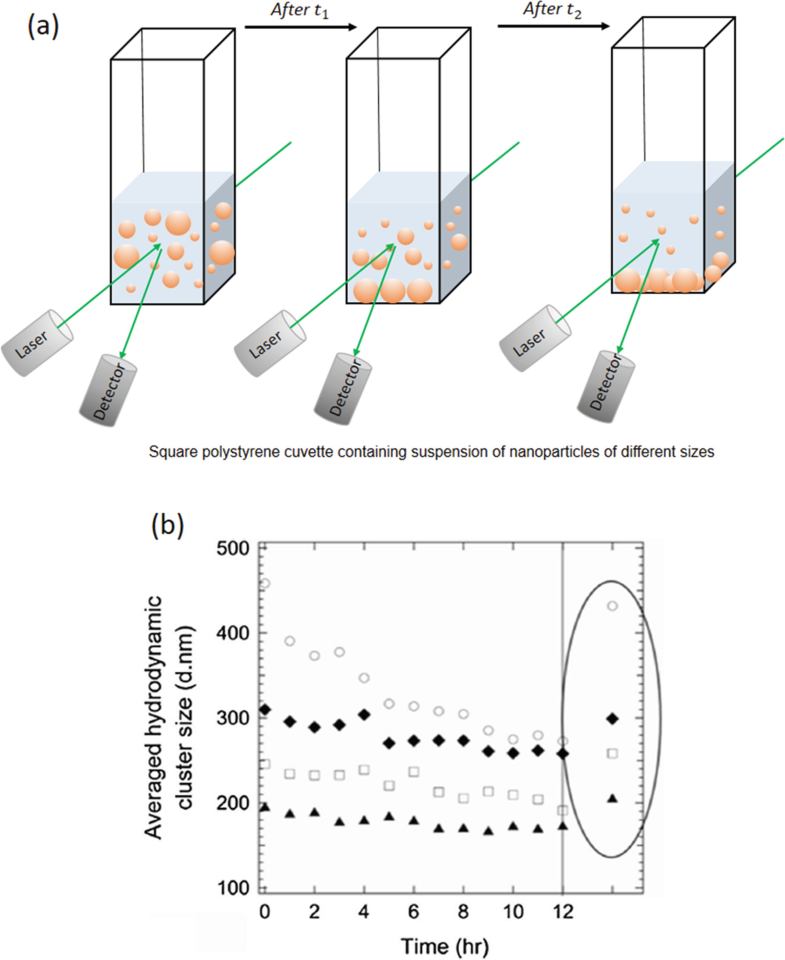

The same authors improved the method : to avoid a salt-aided irreversible aggregation, the NaCl solution was gradually increased, from 0 to 0.3 M by several successive additions, and after each addition the solution was incubated for 16 hrs (“salt aging” procedure). However this process results in low DNA loading, too long reaction times (40 hrs) and the conjugation of DNA to nanoparticles is always in competition with the nanoparticle aggregation process induced by salt adding. The method includes the addition of NaCl (0.1 M) to the reaction mixture to shield the negative charge of both DNA and nanoparticles and thus to minimize the repulsion between them, by obtaining DNA conjugated nanoparticles. In their approach, a two days incubation process was needed to link alkanethiol-terminated oligonucleotides and citrate-capped AuNPs. These processes give AuNPs covered by an ionic layer that prevents the particles aggregation.Ī widely accepted protocol to immobilize DNA on AuNPs surface, was initially developed by Storhoff and co-workers. by reducing Au(III) compounds with the addition of a reduction agent, usually citrate, whose excess also works as a stabilizing agent either adsorbed or chemically bound to the surface of AuNPs. Several studies have been reported in the past decade concerning the successful conjugation of DNA/AuNPs where the gold nanoparticles are synthesized by chemical methods –, i.e. The gold conjugation is mediated by a thiol molecule which is previously attached to DNA oligonucleotides in the 3′ or 5′ end of the strand. One of the advantages of nanoparticle probes is their flexibility when conjugated with DNA, peptides, and antibodies for monitoring specific molecular events such as gene expression and other biological processes as cell metastasis.Ī crucial step in developing even more efficient biosensors is to establish simple protocols for the fast and reproducible synthesis of stable DNA/AuNPs conjugates. Concerning this last possible use, nanoparticles based probes play an important role not only in enhancing imaging sensitivity and resolution but also in possessing “molecular imaging” capability –. For example, DNA conjugated AuNPs play an important role in biosensing and in nanobiotechnology, and they find many applications in molecular diagnostic –, nanofabrication, molecular nanoelectronic, cell imaging and gene regulation –. Target specificity, noninvasiveness, high spatial resolution, reactivity toward living cells and real-time imaging are some of the important requirements for biomedical technologies, where accurate and real-time imaging of biological targets is essential not only to understand the fundamental biological processes being between, but also to successfully diagnose various diseases. Thus, they have been widely used either as analytical tools, either for biological and medical application, especially when they are conjugated with biomolecules. In fact, AuNPs, besides their unique optical characteristics, chemical stability, low toxicity and biocompatibility –, they also show the possibility to easily modify their surface by functionalization or conjugation with biomolecules. Gold nanoparticles (AuNPs) have attracted large attention in the last decade due to their unique physical and chemical properties.


 0 kommentar(er)
0 kommentar(er)
